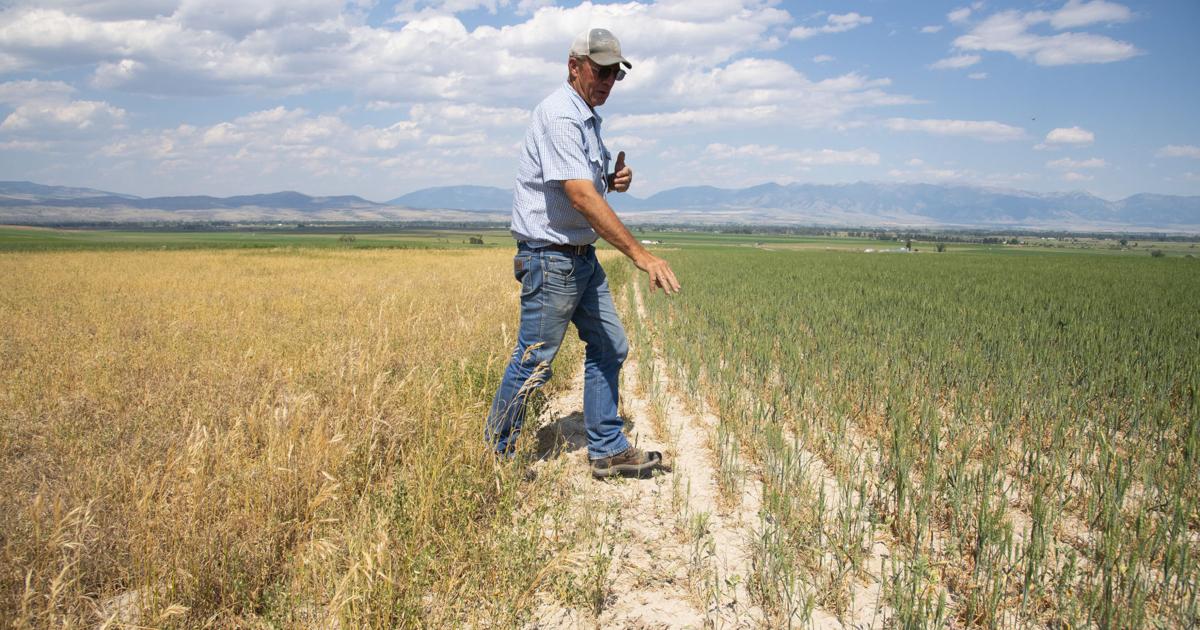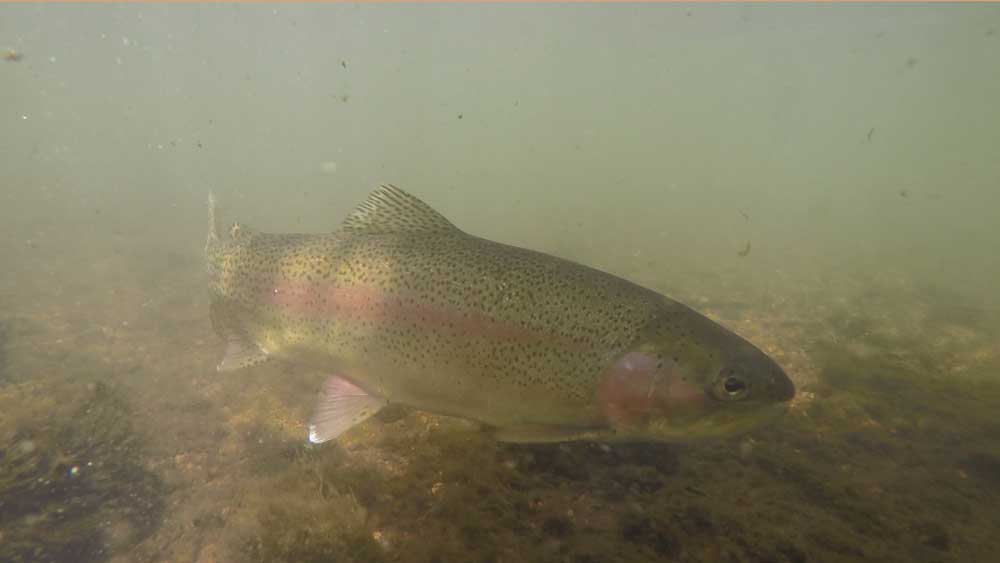SAJ-99
Well-known member
Article on Montana’s water that brings a lot of discussions together: the current drought, growth in the west, various interest groups, and of course, politics and money.
https://www.hatchmag.com/articles/fight-montanas-water/7715303
https://www.hatchmag.com/articles/fight-montanas-water/7715303






